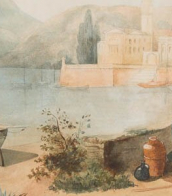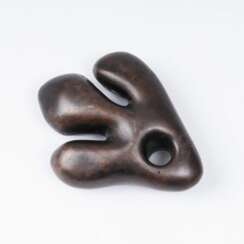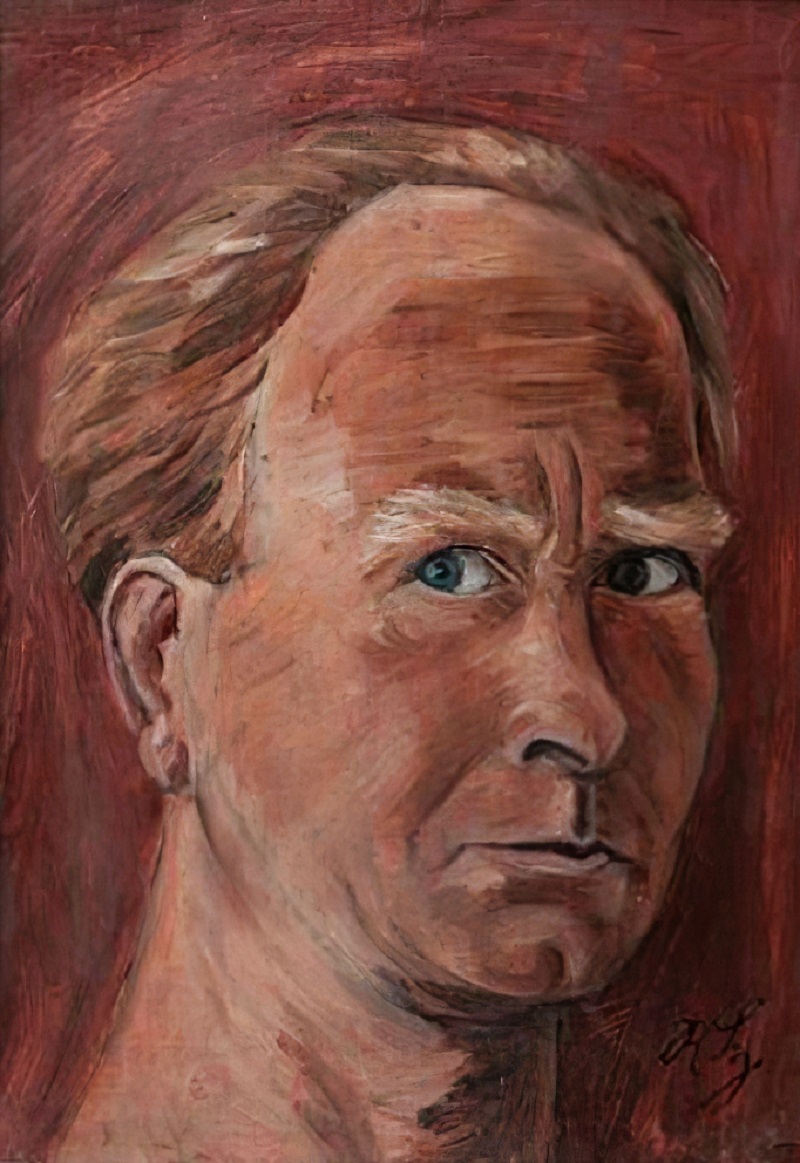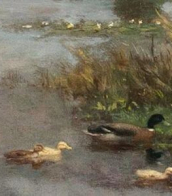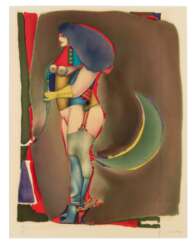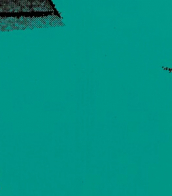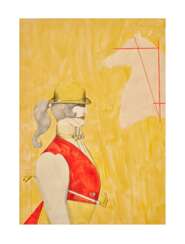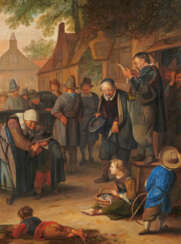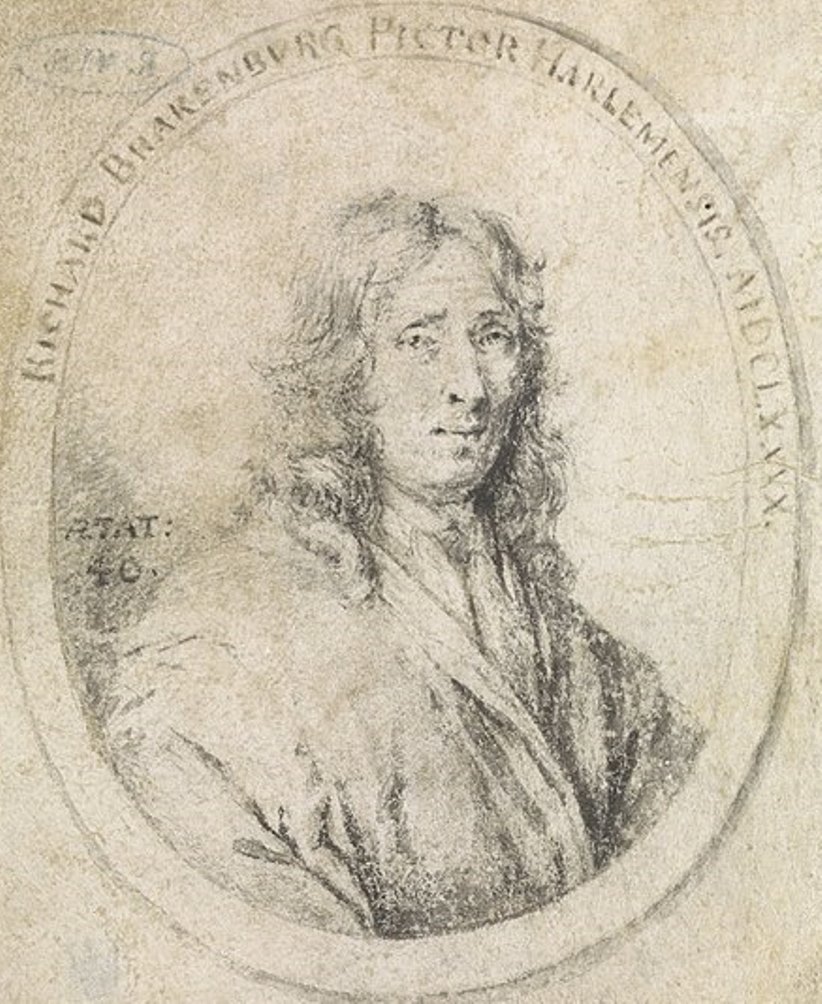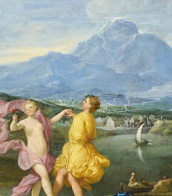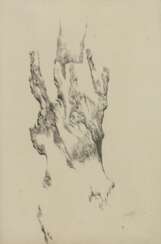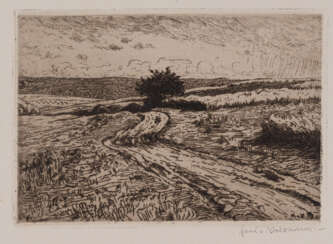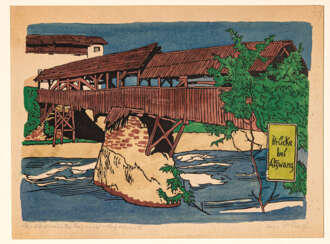рихард
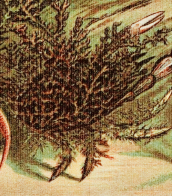
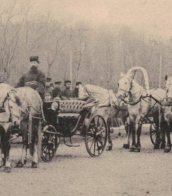
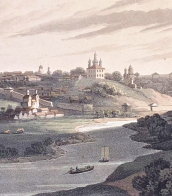
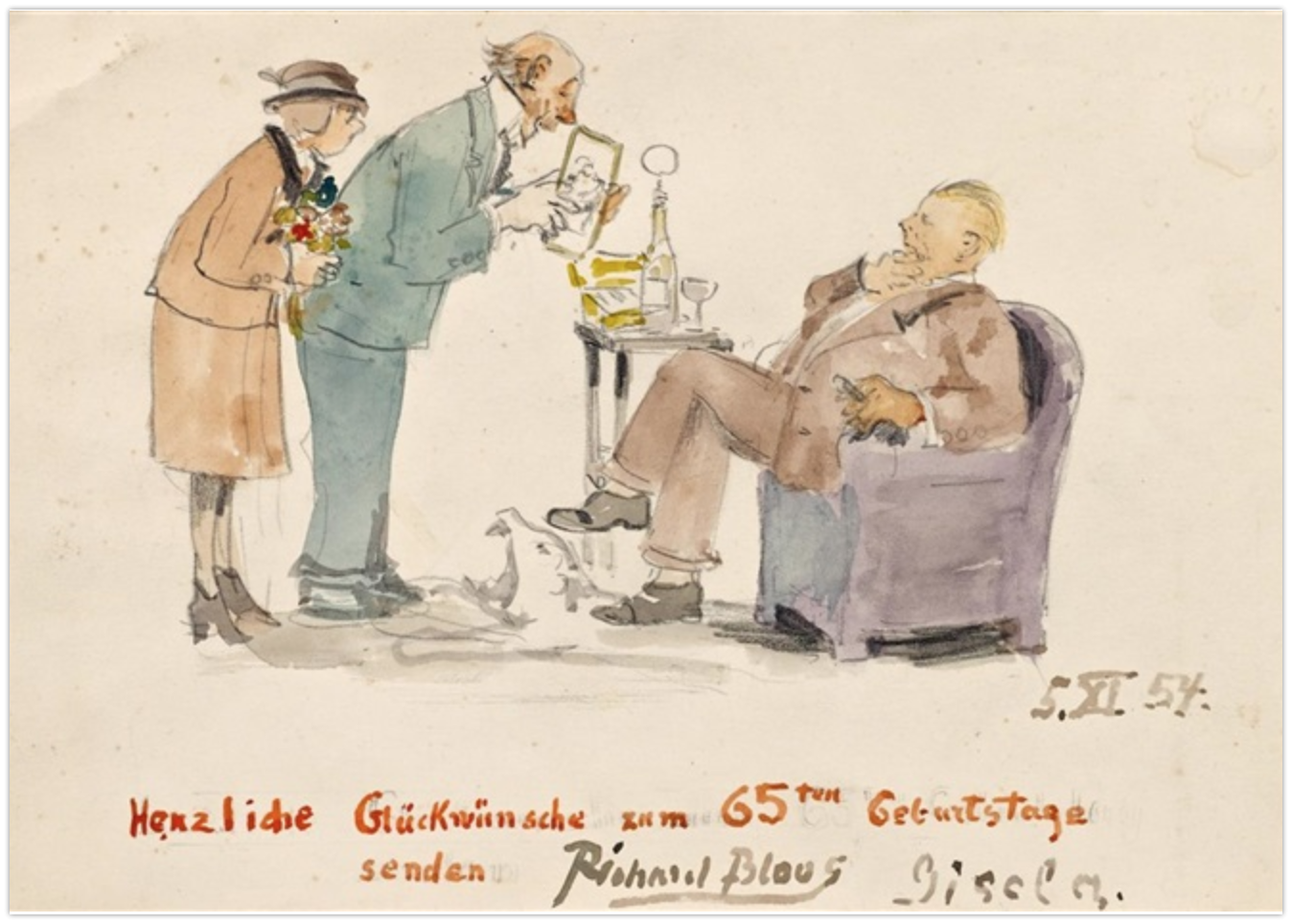
Richard Bloos was born in Brühl in 1878 and attended the Art Academy in Düsseldorf, where he studied under Peter Janssen, Willy Sparrow and Forberg. After a stay in Paris from 1906 to 1914, Bloos lived until his death in Düsseldorf in 1957. He participated in the exhibitions of the Münchner Sezession and the salon of the Société National des Beaux-Arts in Paris. The artist’s preferred motifs are lively figure scenes.
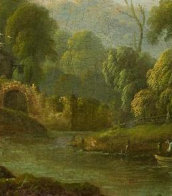
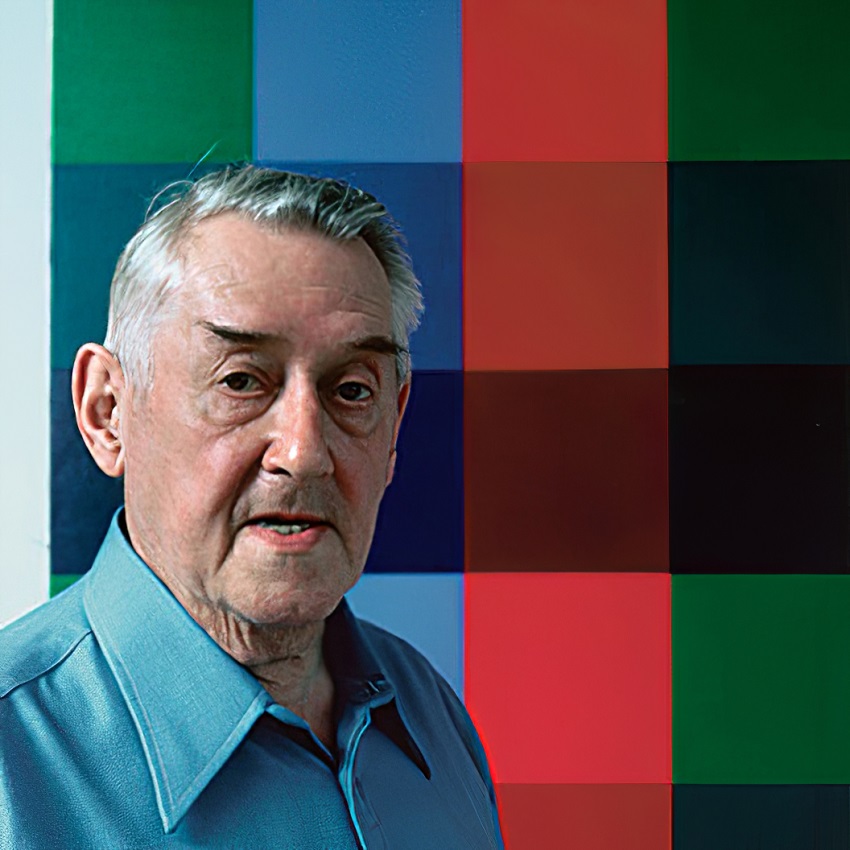
Richard Paul Lohse was a Swiss painter and graphic artist and one of the main representatives of the concrete and constructive art movements.
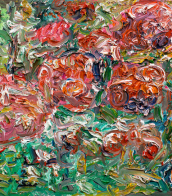
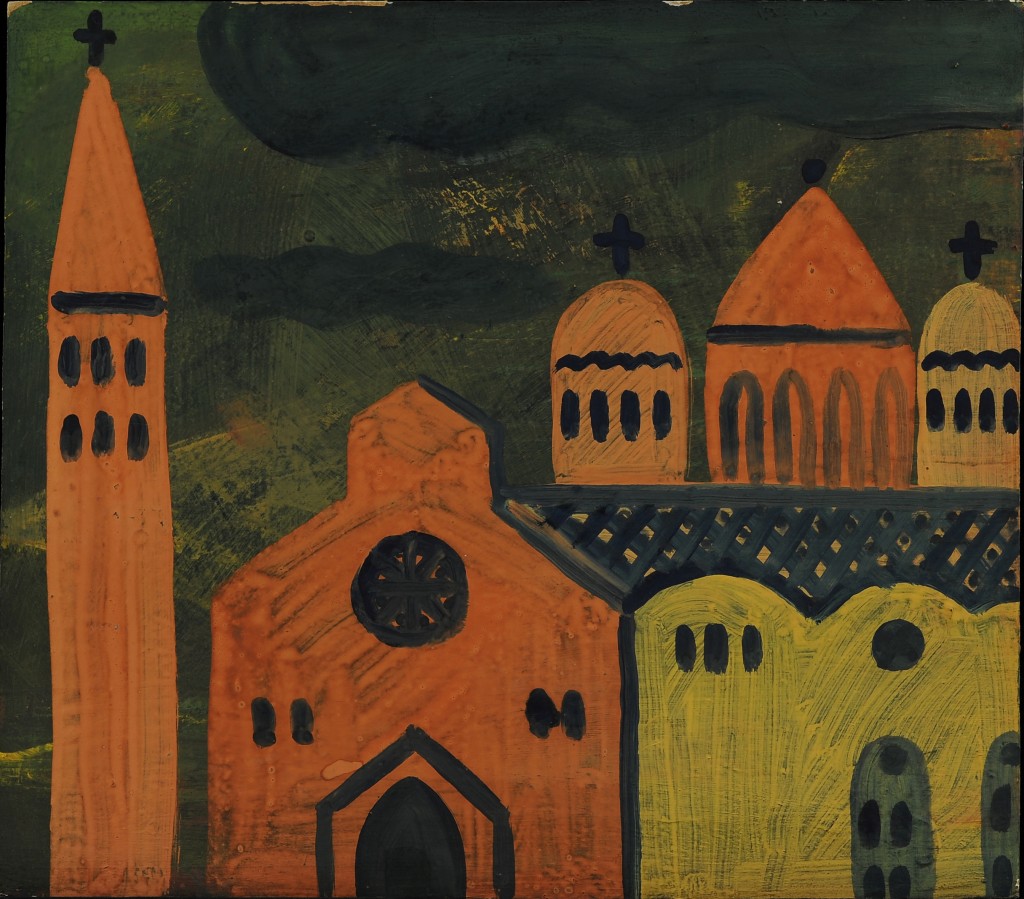
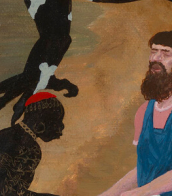
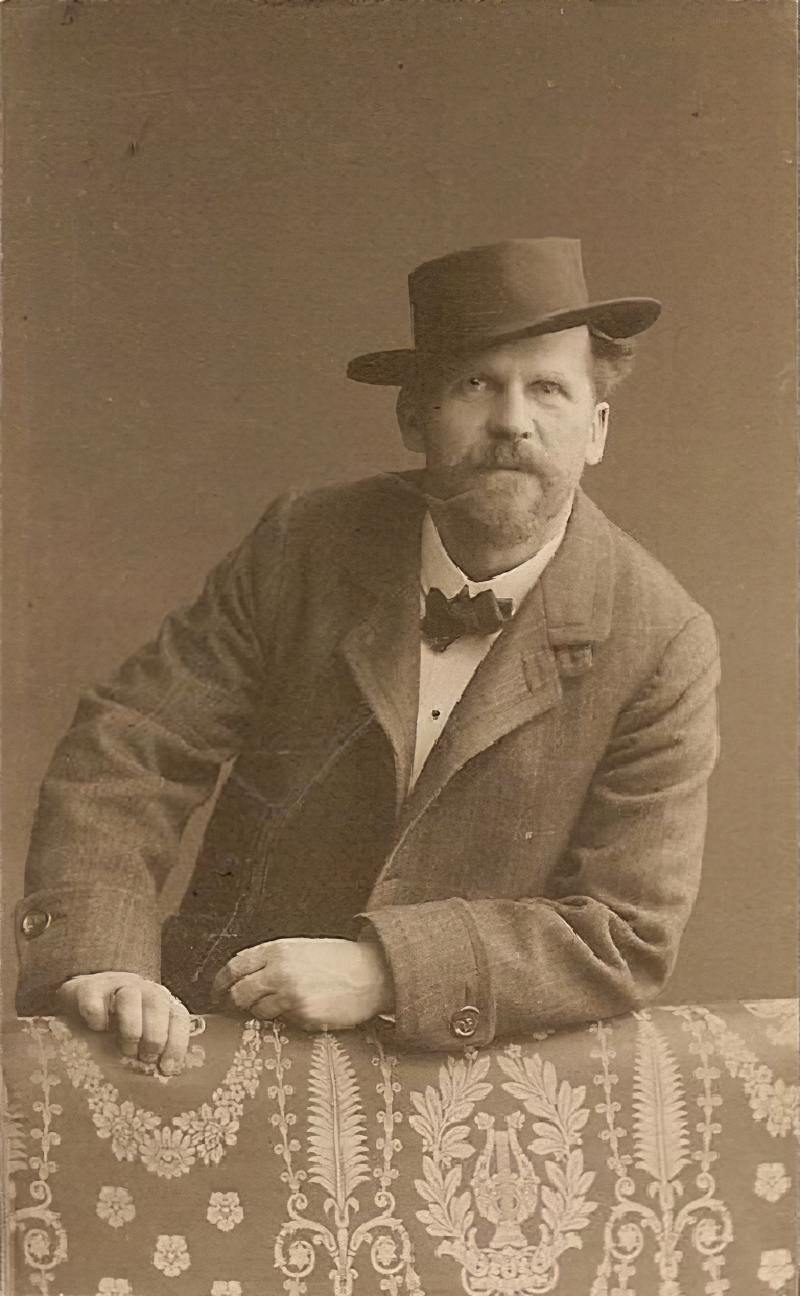
Richard Hermann Eschke was a German marine and landscape painter.
Richard Eschke became known as a pupil of his father Hermann Eschke and the Berlin Academy. Eschke lived in England for several years, where he made studies for a number of paintings.
Richard Eschke was awarded the small gold medal of the Berlin Art Exhibition.
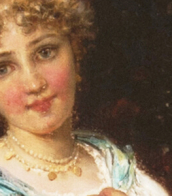
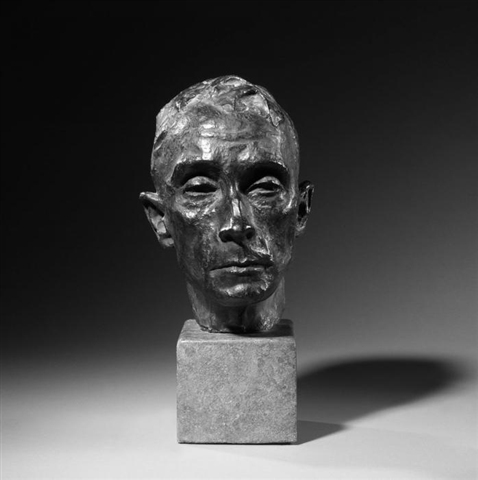
Richard Scheibe was a German artist primarily remembered as a sculptor. He trained as a painter, and taught himself to sculpt beginning in 1906. From 1925-1933 he taught at the Städelsches Kunstinstitut in Frankfurt am Main. He was dismissed from teaching when the Nazis seized power but was reinstated in 1934. He received various recognitions during the Third Reich, including the Goethe-Medaille für Kunst und Wissenschaft and placement on the Gottbegnadeten list. After World War II he continued to sculpt, including a figurative piece for the Memorial to the German Resistance. His work was also part of the sculpture event in the art competition at the 1928 Summer Olympics.

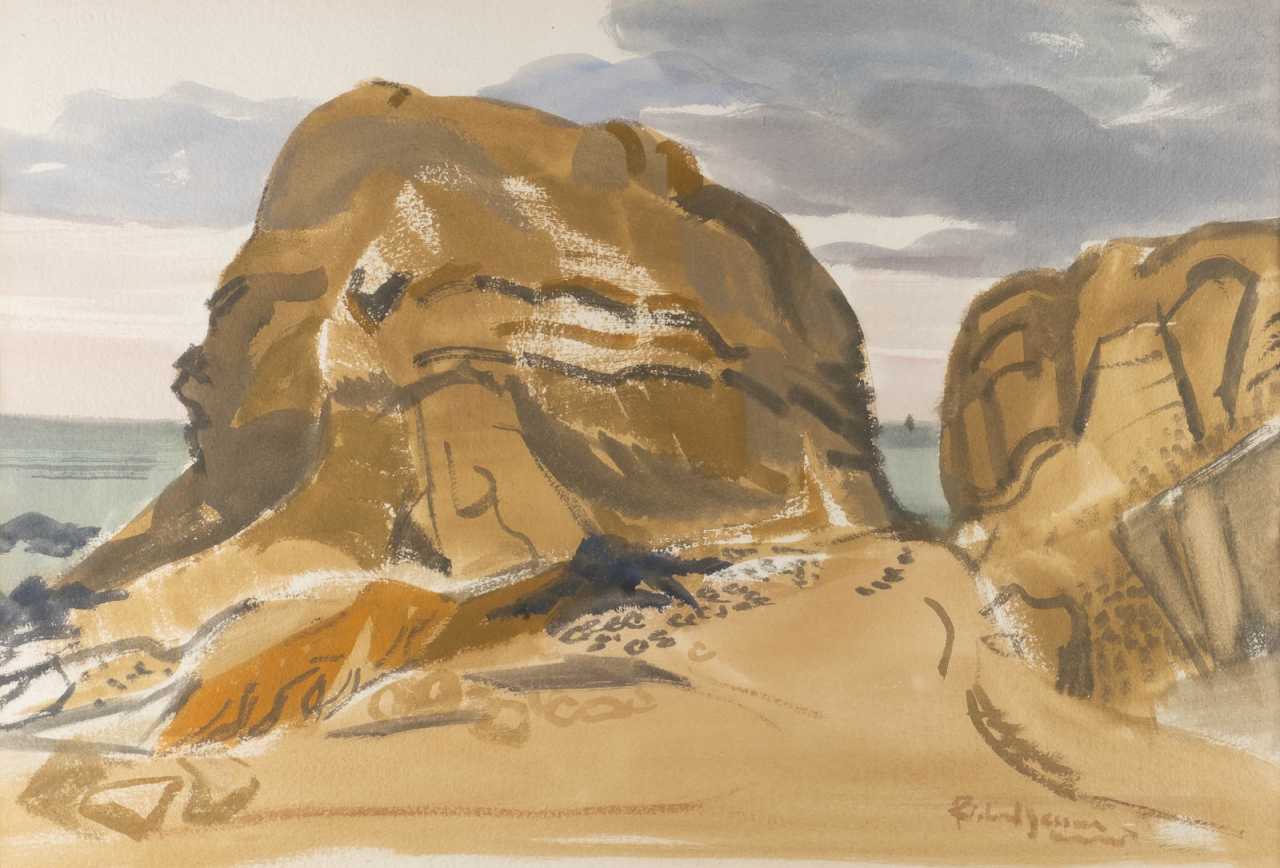
Richard Gessner was a German painter as well as co-founder of the avant-garde artists' association Das Junge Rheinland (1919).
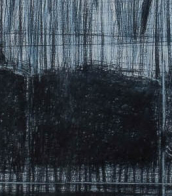

Richard Gessner was a German painter as well as co-founder of the avant-garde artists' association Das Junge Rheinland (1919).
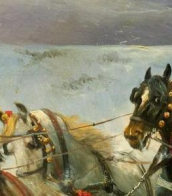

Richard Hermann Eschke was a German marine and landscape painter.
Richard Eschke became known as a pupil of his father Hermann Eschke and the Berlin Academy. Eschke lived in England for several years, where he made studies for a number of paintings.
Richard Eschke was awarded the small gold medal of the Berlin Art Exhibition.
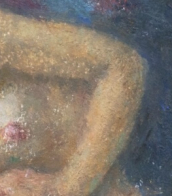
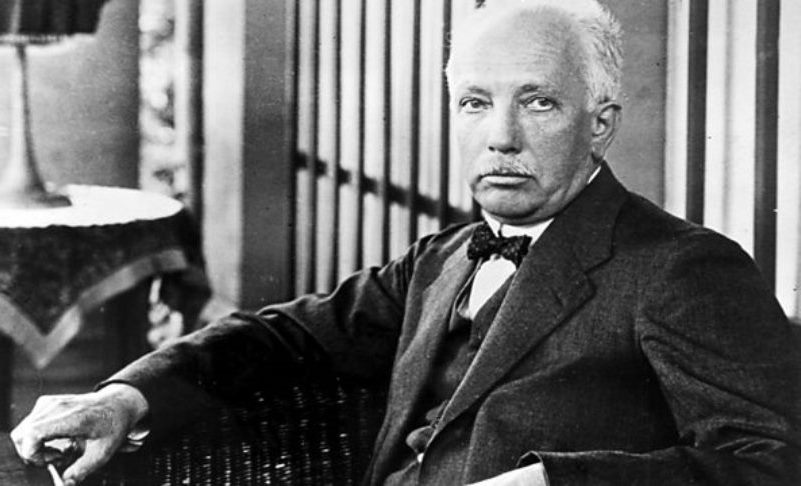
Richard Strauss, full name Richard Georg Strauss, was a German composer of the late Romantic era, a bright representative of German expressionism, and a conductor.
Richard received his first musical education from his father, a virtuoso French horn player at the Munich Opera. The boy was very musical and from the age of six began composing pieces. Growing up, Strauss led a successful career as a conductor of leading orchestras in Germany and Austria. In 1889 in Weimar he conducted the first performance of his symphonic poem Don Juan, which was received with triumph. Strauss was hailed by critics as Wagner's heir and from that moment his career as a composer began.
In 1904, with his singer wife Paulina Maria de Ana, who was an outstanding performer of his songs, Strauss made a concert tour of the United States.
Richard Strauss equally idolized Wolfgang Mozart and Richard Wagner, and much of his work grew out of this reverence. He excelled at writing works for large orchestra, but he was equally successful at subtlety in chamber music. The composer possessed unrivaled descriptive power and the ability to convey psychological detail. This was particularly evident in his operas Guntram, Salome, Elektra and others.
Together with Gustav Mahler, Richard Strauss represents the late flowering of German Romanticism, which combined innovative subtleties of orchestration with an innovative harmonic style.
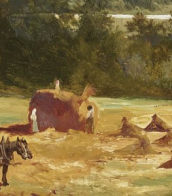

Richard Paul Lohse was a Swiss painter and graphic artist and one of the main representatives of the concrete and constructive art movements.
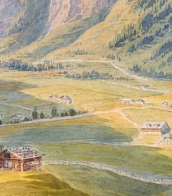
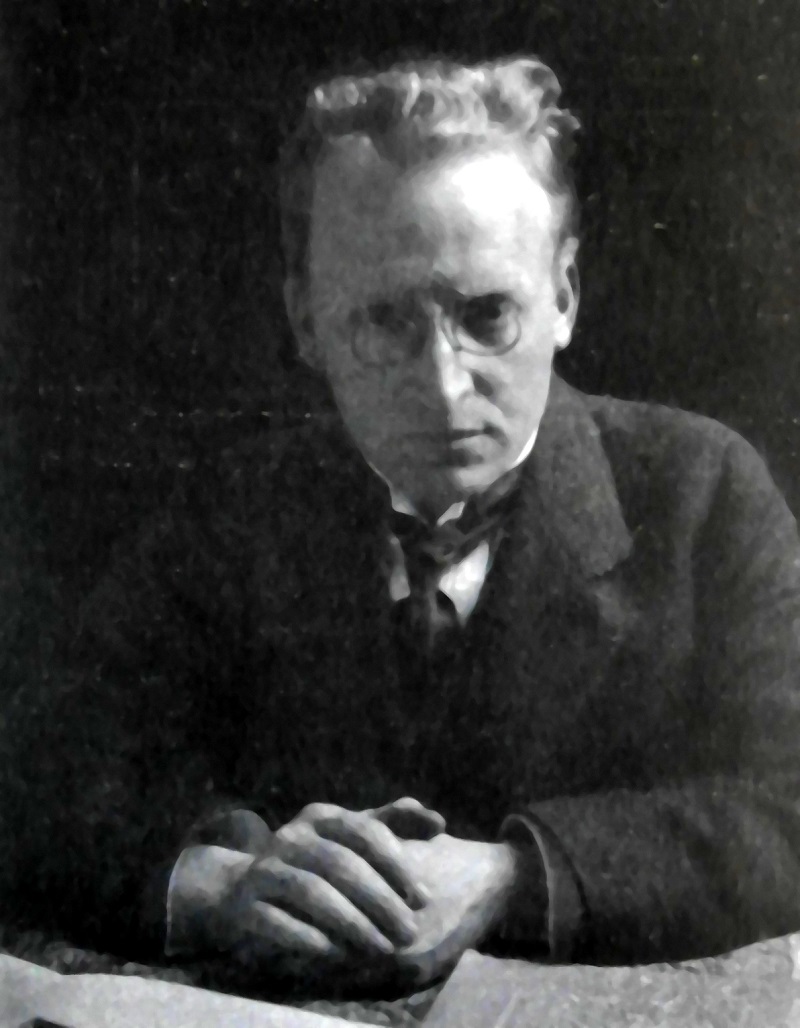
Richard Riemerschmid was a German architect, painter, designer and city planner from Munich. He was a major figure in Jugendstil, the German form of Art Nouveau, and a founder of architecture in the style. A founder member of both the Vereinigte Werkstätte für Kunst im Handwerk (United Workshops for Art in Handcrafts) and the Deutscher Werkbund and the director of art and design institutions in Munich and Cologne, he prized craftsmanship but also pioneered machine production of artistically designed objects.
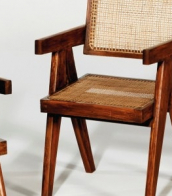
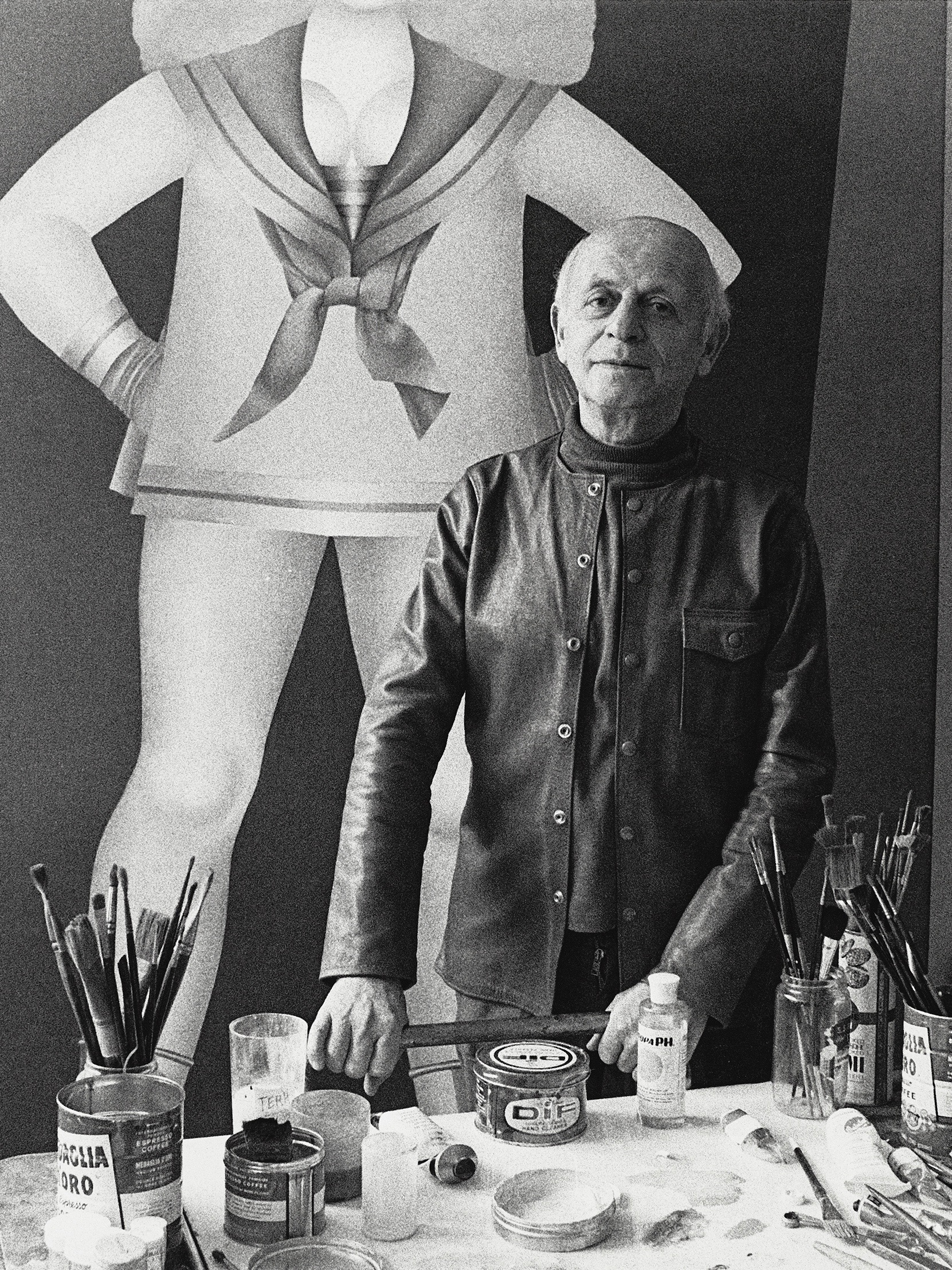
Richard Lindner was a German-American artist.
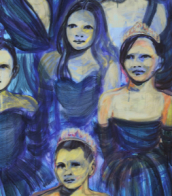
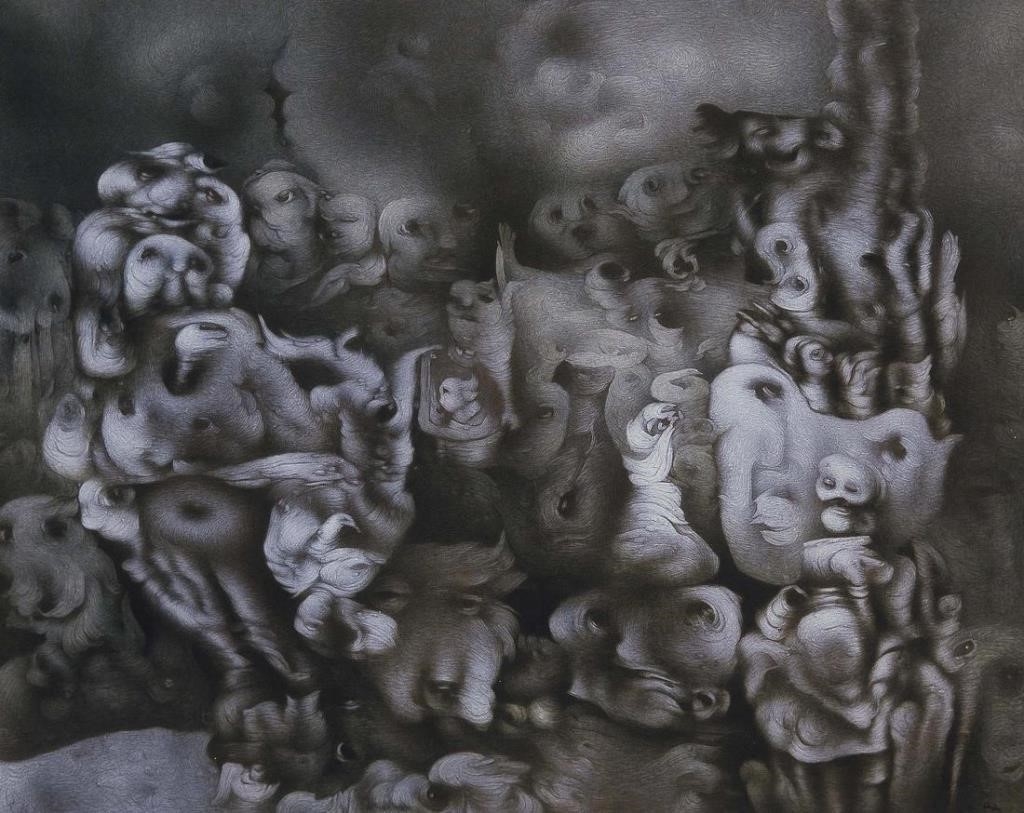
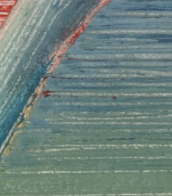
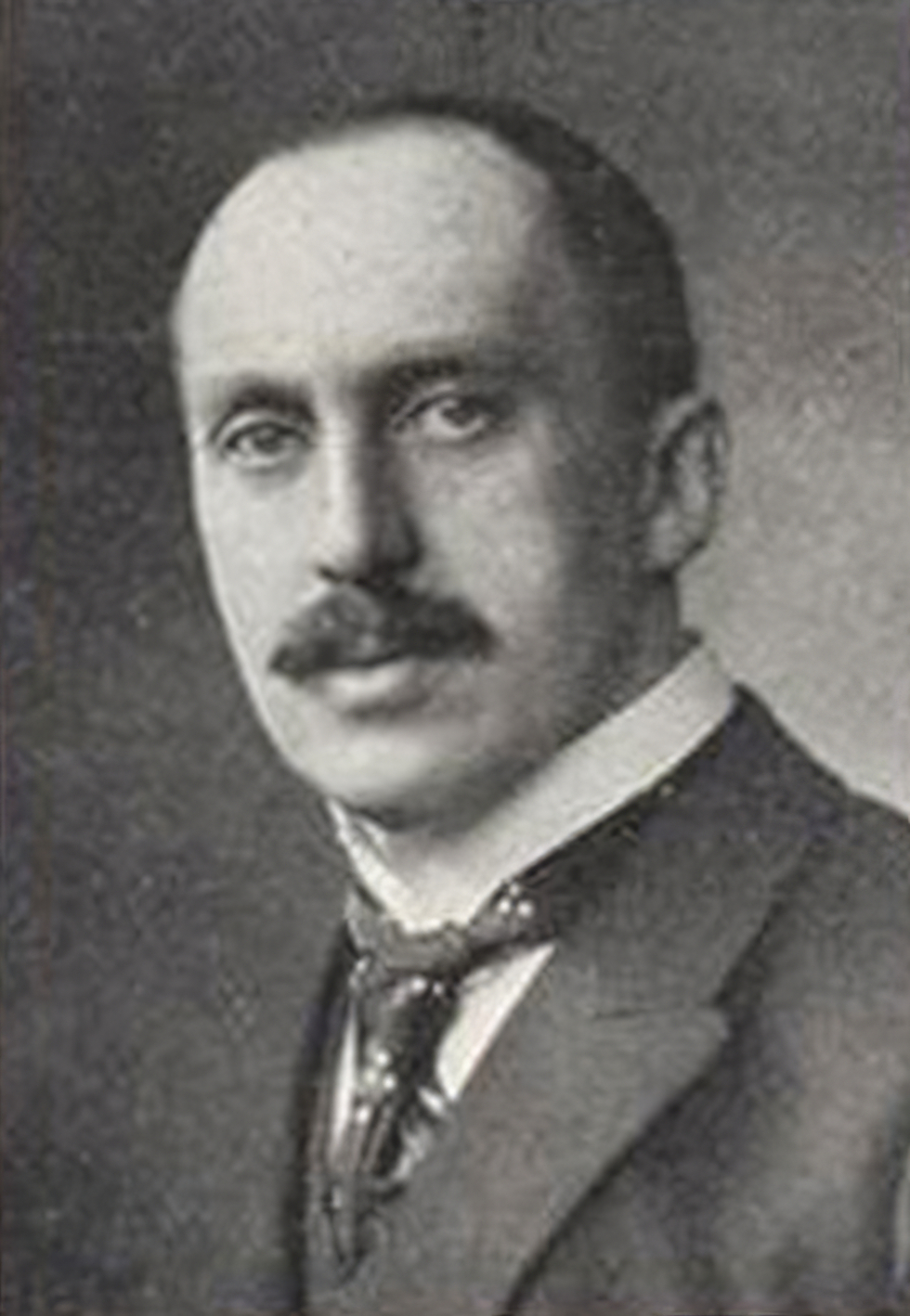
Hans Richard von Volkmann was a German illustrator and landscape painter, associated with the Düsseldorfer Malerschule.
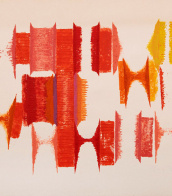
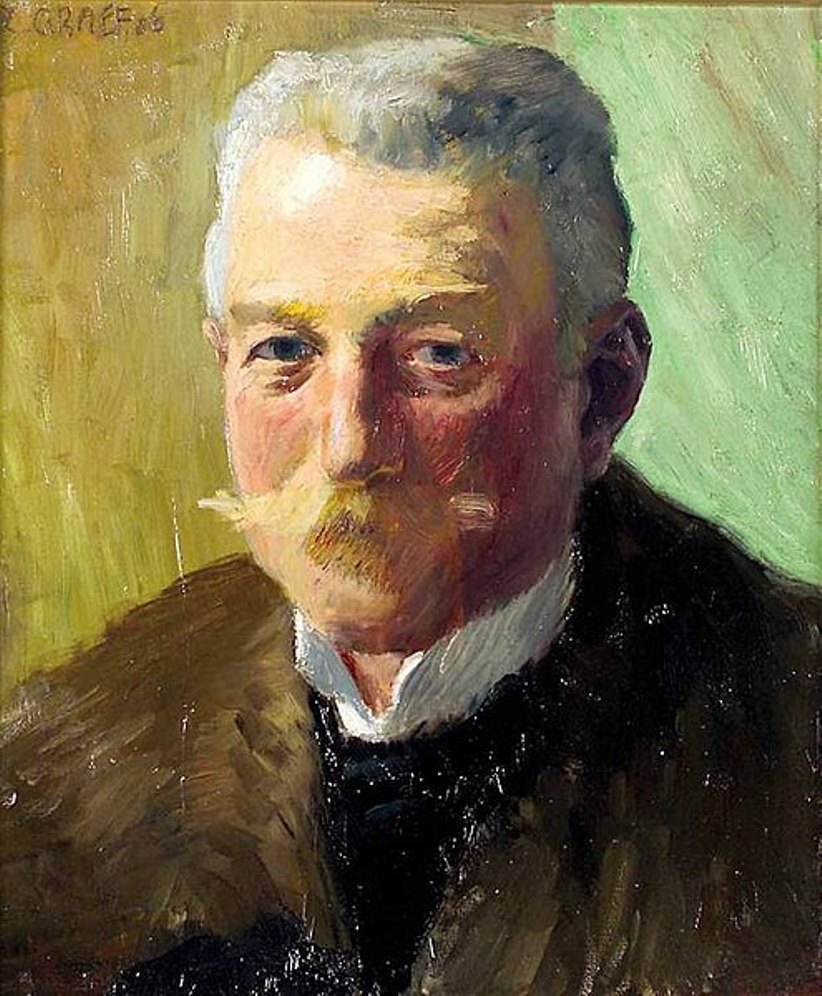
Richard Graef was a German painter, graphic artist, illustrator and cartoonist.
Graef studied painting at Hans von Hayek's school in Dachau, and then went to Paris for further studies, and afterwards opened his own studio in Dachau with his wife. Graef achieved fame as an illustrator and cartoonist, whose subjects - human vices and weaknesses, the relationship of the rich and poor and so on. He is one of the most famous and prolific cartoonists of the satirical weekly Simplicissimus and one of the oldest members of the Dachau artist colony at the time.
Graef also mastered wood engraving, but over time turned increasingly to watercolor and oil painting, creating still lifes and portraits as well as landscape paintings.



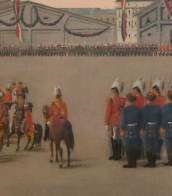
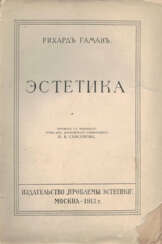



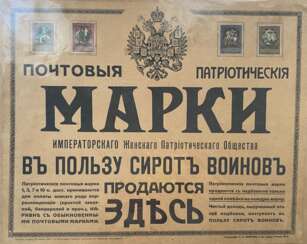

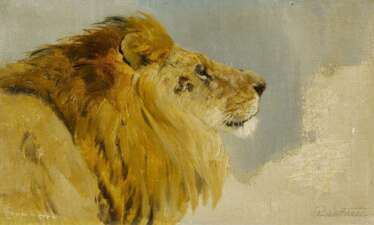

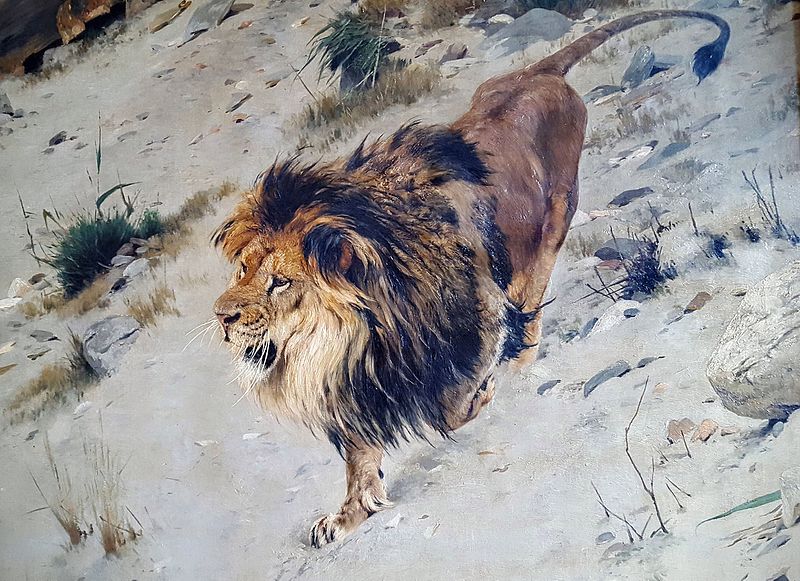
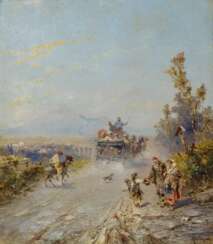

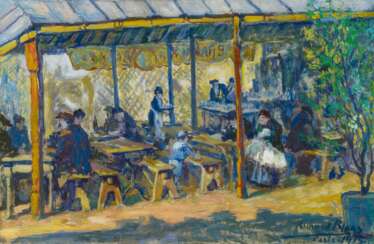

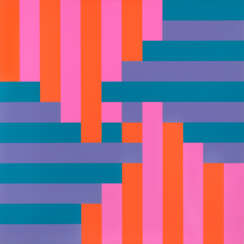



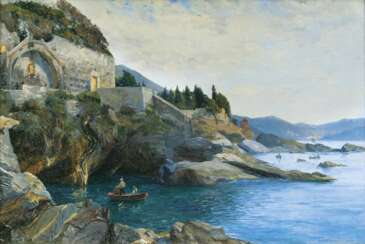





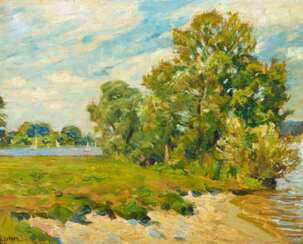

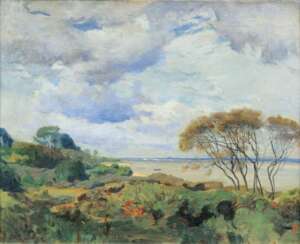



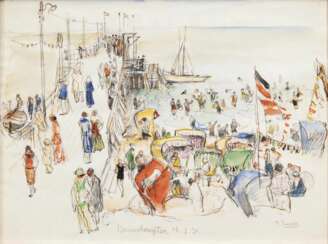

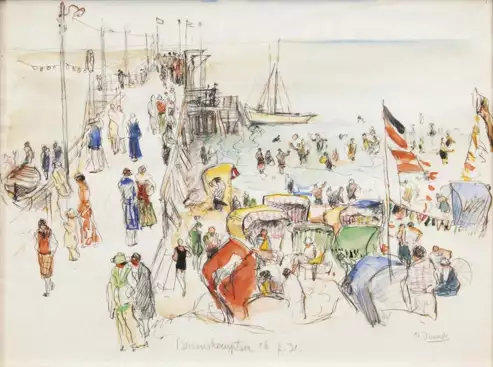
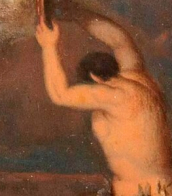




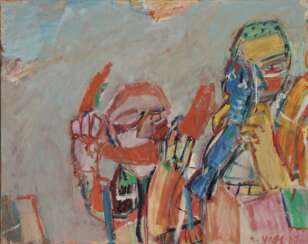

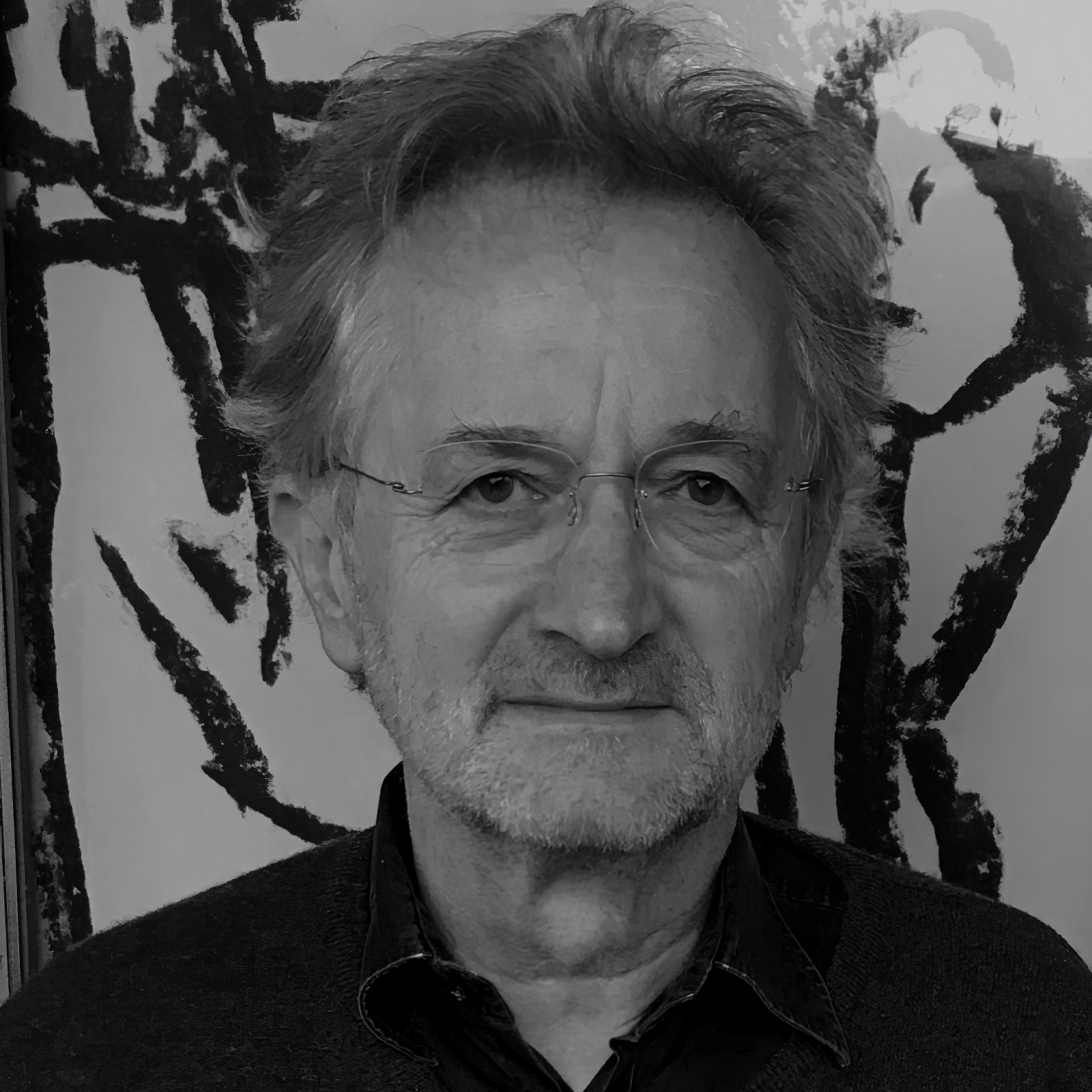
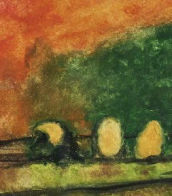
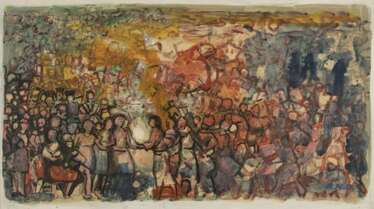

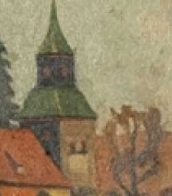


 Zimmermann.jpg)
